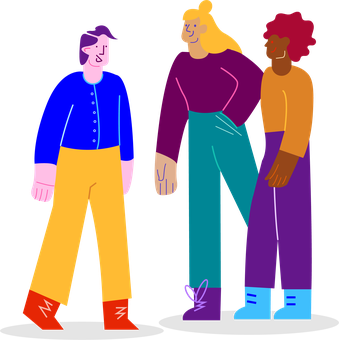For many people, the ending of the majority of pandemic restrictions has rightly been a joyous time. It’s been an opportunity to re-unite with loved ones, go on holidays and live something approaching a normal life for the first time in nearly a year and a half.
But, for an increasing number, it brings with it the potential of homelessness. A number of the pandemic specific support measures are coming to an end and many homelessness organisations are now reporting seeing more people sleeping rough, many of whom are doing so for the first time.
It’s easy to think of this in broad numbers, but these are real lives. It could be a young person who’s recently left the care system, terrified and alone, or someone who lost their job in the pandemic and couldn’t afford their rent. It could be a woman fleeing an abusive partner or someone who’s recently arrived in the UK and is struggling to navigate the complex welfare system.
According to the homelessness charity Crisis; “the longer someone experiences rough sleeping for, the more likely it is they will develop additional mental and physical health needs, substance misuse issues and have contact with the criminal justice system. The more complex needs someone has the more help they will need to move on from homelessness.”
This is why it’s so important that people sleeping rough are connected to local support services as soon as possible. That’s where members of the public have a vital role to play. StreetLink enables people to take positive action when they see someone sleeping rough. Alerts are sent to the local outreach service who then go and engage with the person in question. This one act could change the trajectory of someone’s life.
How to make an effective StreetLink alert
- Provide a specific location of the person’s rough sleeping site. The best way to do this is by using a map to pinpoint the exact loication and then providing a written description to go alongside it.
- Provide details of the time the person was seen at the location.
- Provide specific information that will help the outreach worker identify the person, such as; gender, approximate age, physical characteristics and/or clothes.
